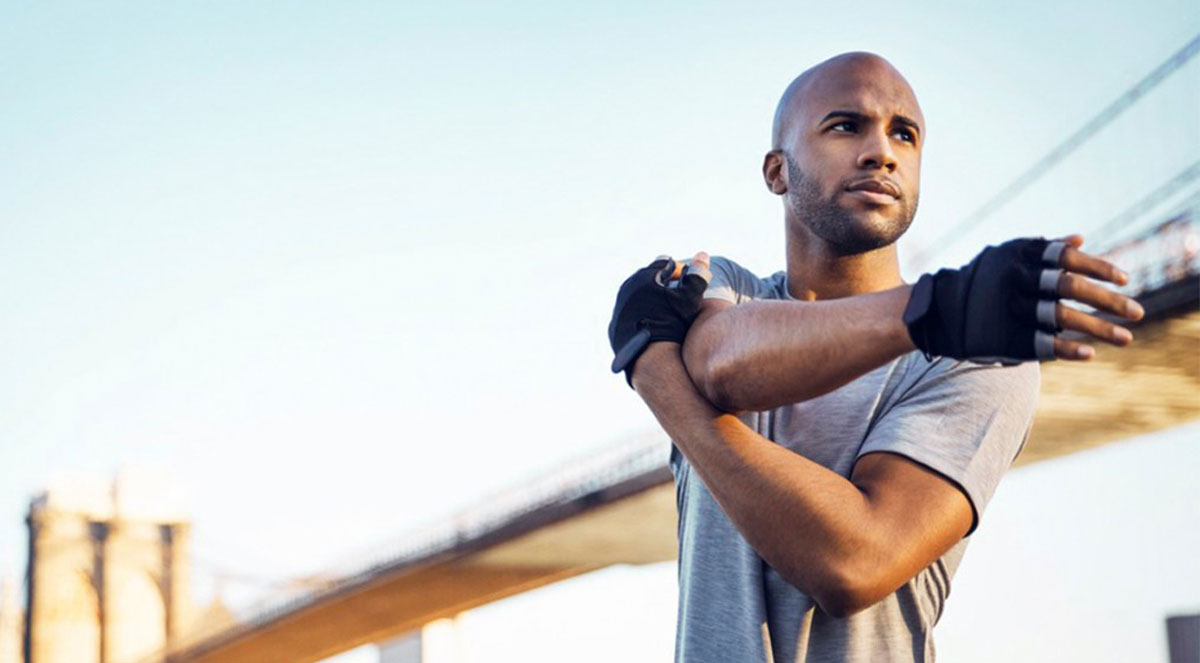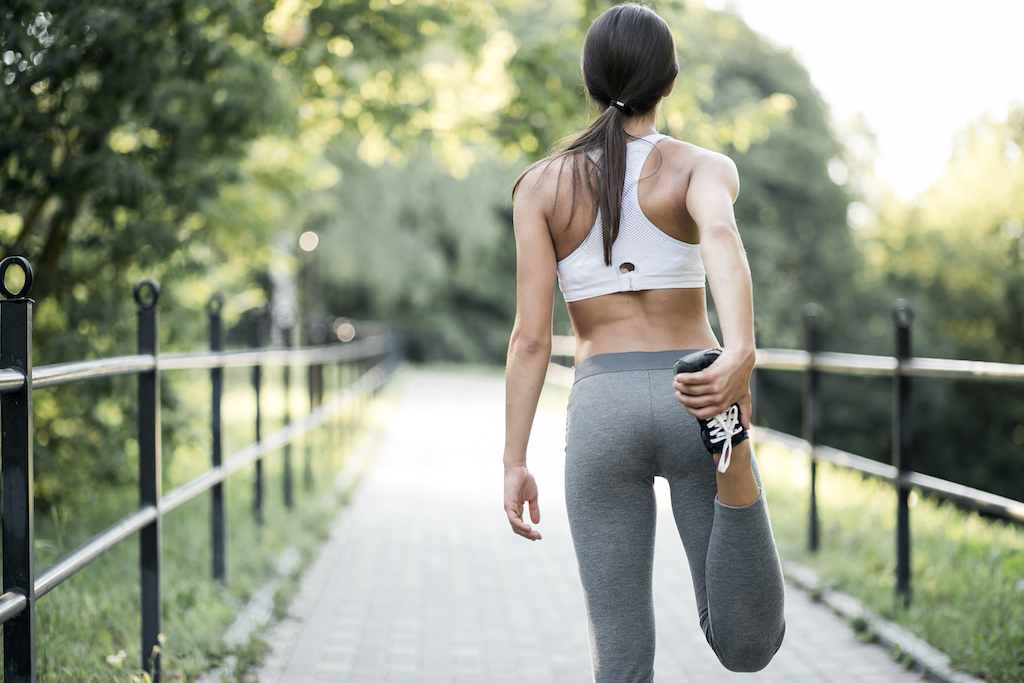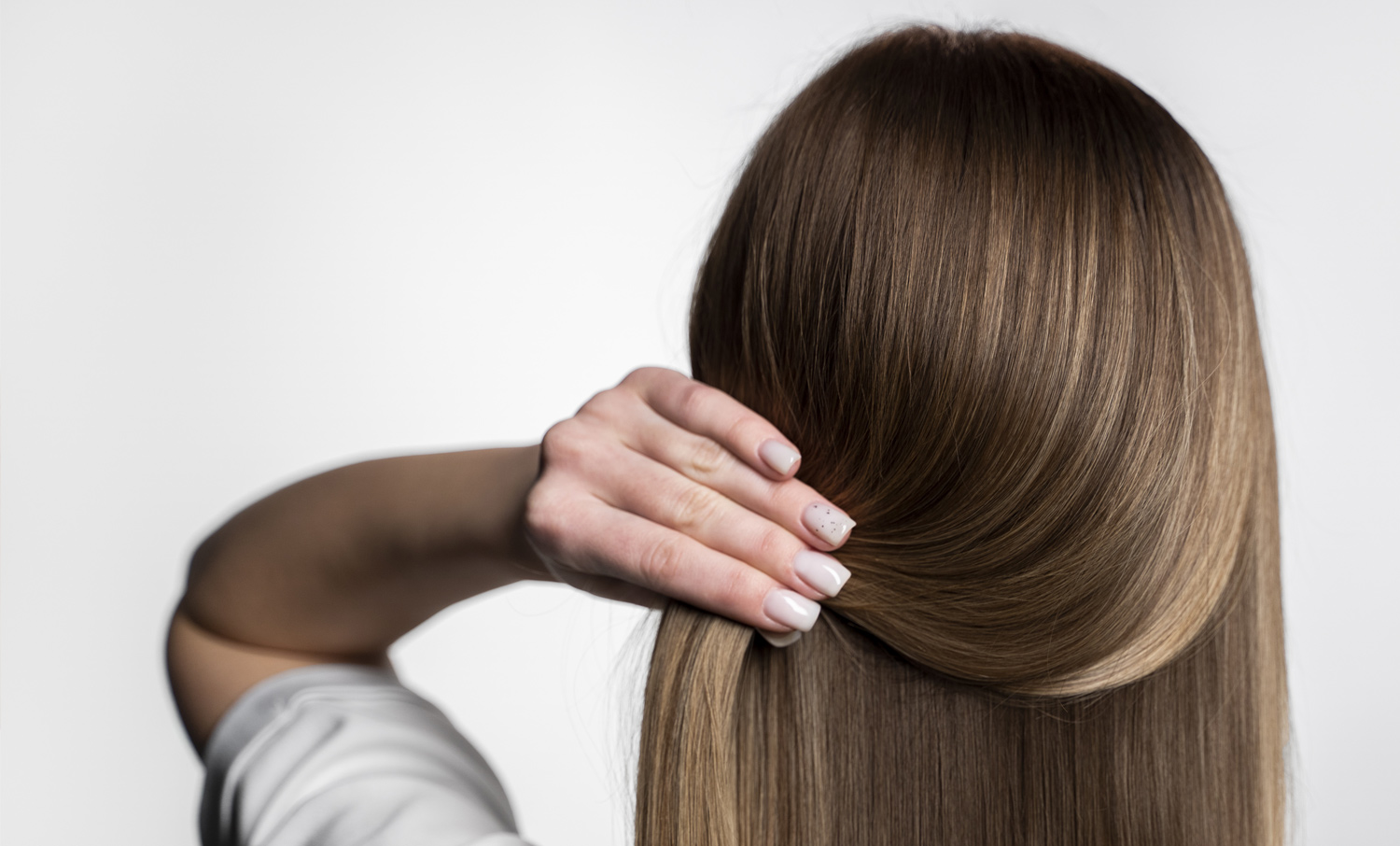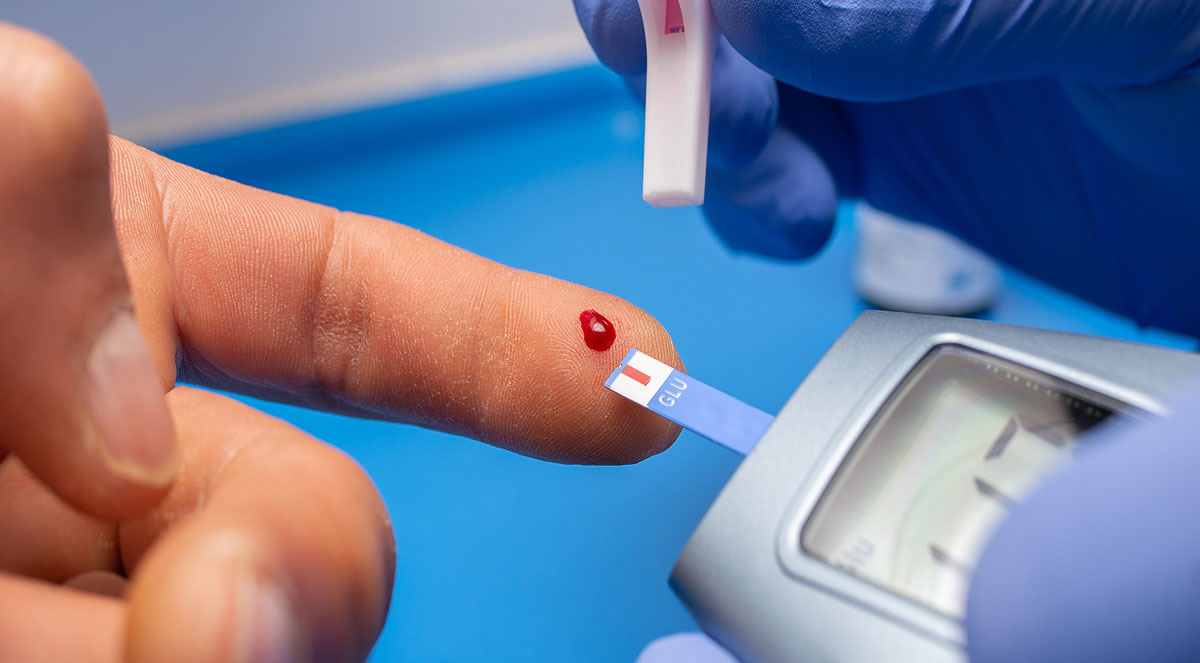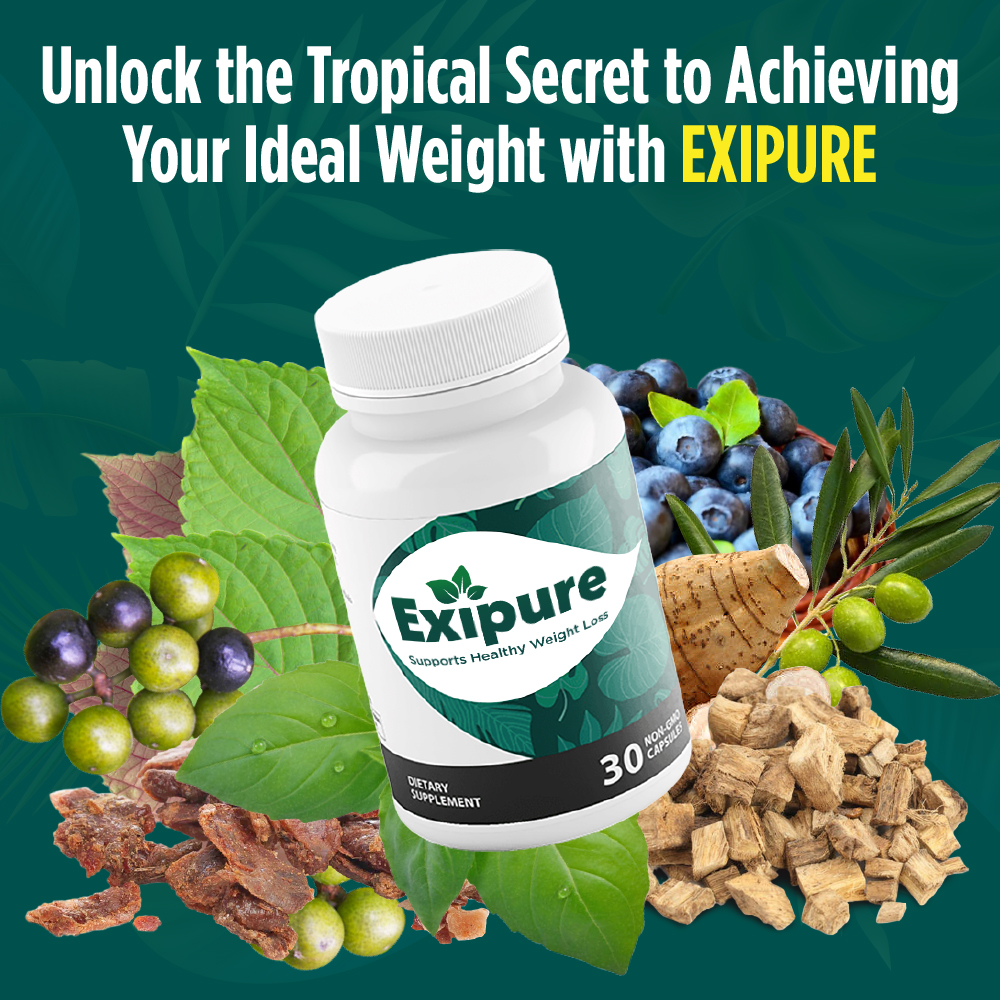Because many people participate in physical activities, it is critical that the significance of warming up before any rigorous activity be highlighted. Many people have frequently ignored the warm-up stage before working out, oblivious to the implications.
Why warm-up? When physical activity is undertaken, several changes occur in the body. The rate of respiration, blood flow, and the amount of oxygen and nutrients given to the cells all rise. To prepare the body for the physical stress that exercise would require, the rate of rising should be regulated at a constant pace. If this priming phase is skipped, the body will function less efficiently and the workout will provide fewer high-quality effects.
Warming up prepares the nervous system, increases mental awareness and alertness, and loosens joints and muscles, making them less susceptible to injury. Warm-ups stimulate the fluid in the joints, reducing the risk of muscular wear and strain. It allows the heart to adapt and pump blood and nutrients into the muscles.
This is especially important for older individuals since their tissues are less pliable, their joints contain less fluid, and their hearts are weaker. In older persons, sudden exercise can cause heart attacks.
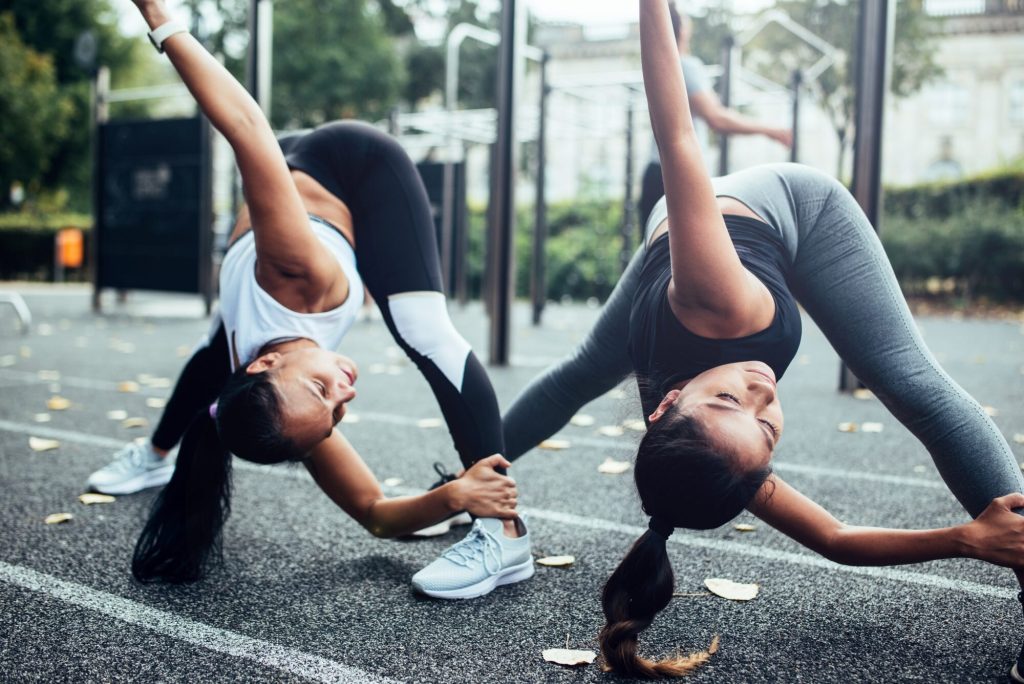
How does one properly warm-up? Initially, it can be accomplished using any treatment that causes the heart to beat quicker. One can just walk and jog, or if cardiovascular equipment, such as a rowing machine or a bicycle, is available, it can be used. Begin slowly and gradually increase the speed until the cardiac rate and body temperature increase. It is critical to remember that the pace should be appropriate for one’s present fitness level so that the activity leaves the person energized rather than weary.
After working up a light sweat (3-5 minutes is recommended, longer if working out in a chilly area), conduct dynamic stretching. Stretching promotes total flexibility, particularly in the spine, shoulders, and hips. The type of stretching required is determined by the type of activity planned. For example, if one is ready to participate in sports, it is best to stretch in ways that resemble the movements that will be performed on the court or field. If one is going to do martial arts, light sparring can be done at a fourth of the normal speed, or the movements can simply be done in slow motion.
Make sure to stretch the major muscle groups for at least 8 seconds. To keep blood from pooling in the legs, remember to keep your feet moving or practice leg exercises whenever your upper body is stretched. Remember that stretching should only be done after the muscles have warmed up. While stretching, avoid bouncing. It causes a contraction, which might cause a muscular rupture or pull.
This is what weightlifters should perform after their initial warm-up. Load the bar with 50-60% of the heaviest weight to be used for the session and do the number of repetitions required for the heavy sets. The weight will be increased to 80 percent for the second set, then to 90 percent, with 2-3 repetitions. After that, pause for around 30 seconds before repeating the instructions. After this warm-up, the heavy lifting for the day can begin. The approach has the advantage of making the heavier sets less intimidating and allowing them to be accomplished with far less stress.

It is equally crucial to cool down after warming up and before beginning the main workout. When a person abruptly quits exercising or lifting weights, blood accumulates in the muscle, and oxygen is cut off. A person is at risk of suffering a heart attack if something occurs. As a result, cooling down should be as important as warming up.
Exercise is beneficial to one’s health. Everyone is encouraged to go hard, but keep in mind to take all required precautions not only to maximize the workout but also to stay safe and healthy.


